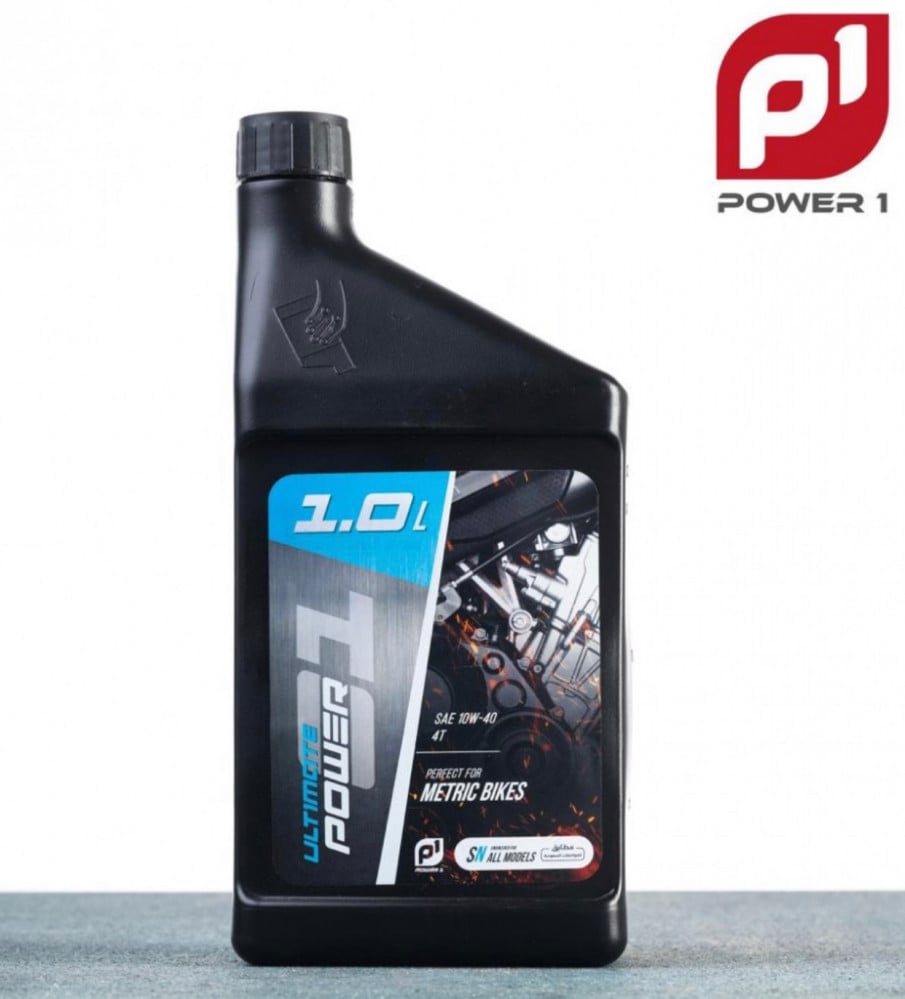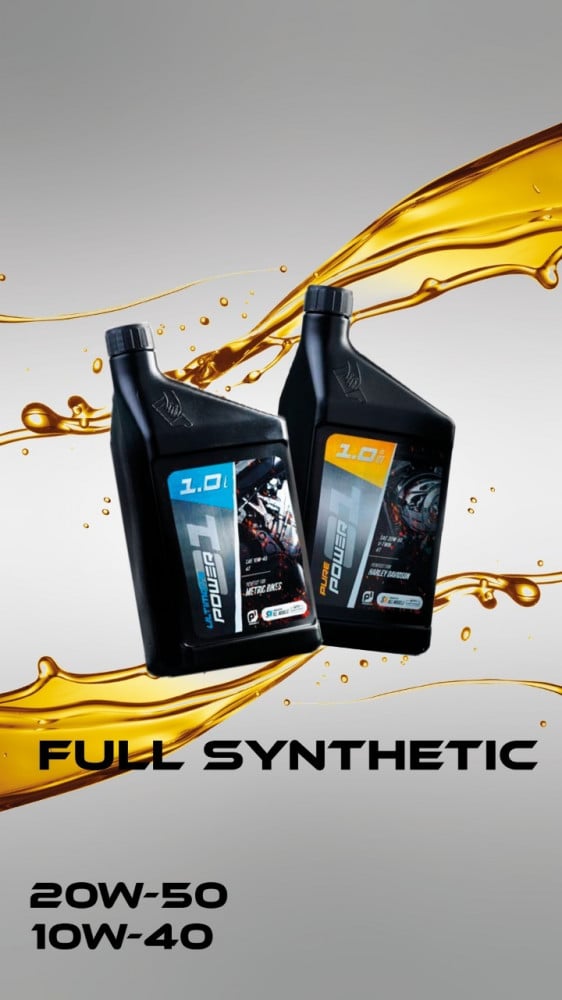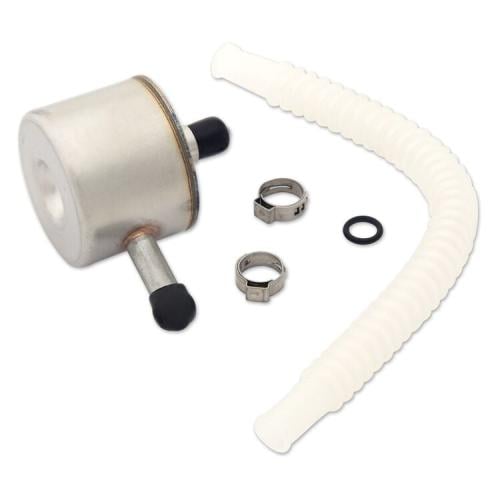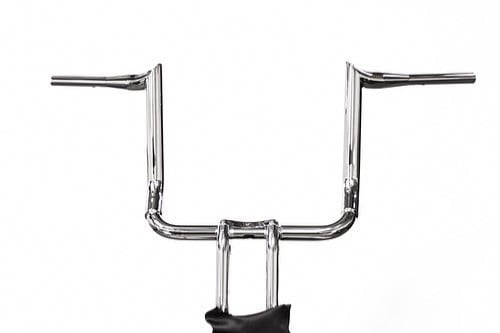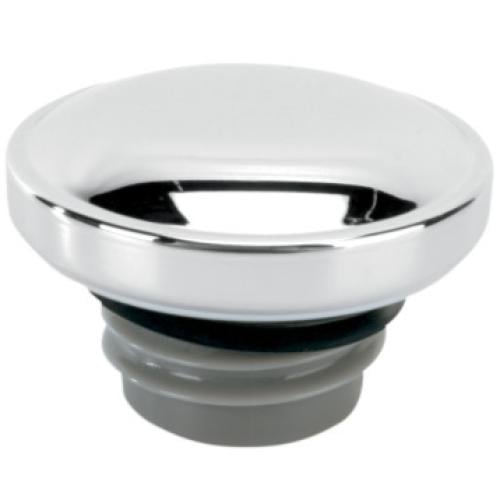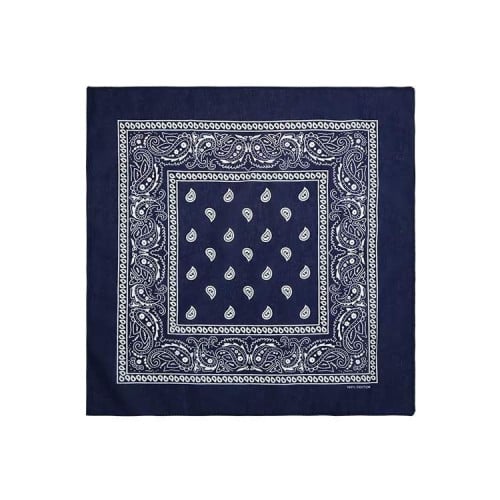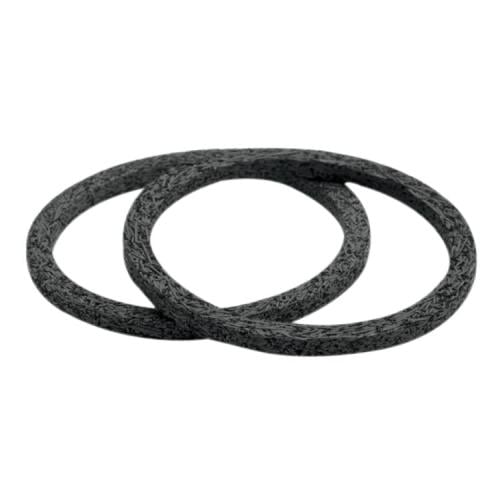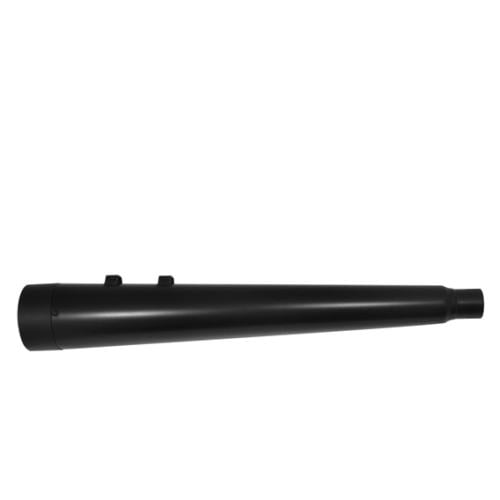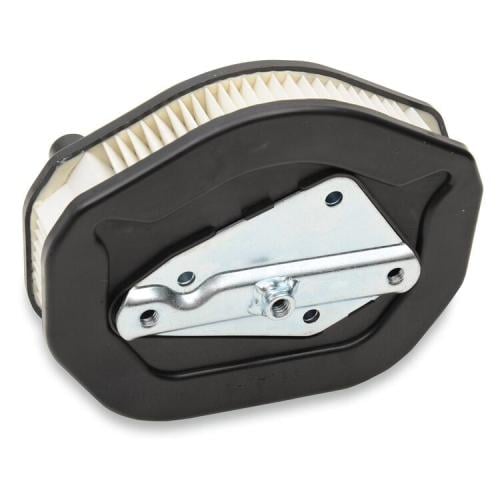Product description
One of the most important functions of a lubricant is to reduce the amount of engine wear. If moving metal parts are allowed to come into contact, they are damaged. As this damage worsens, engine performance can deteriorate to the point where the engine is no longer running. Engine wear can occur anywhere a moving part is located, such as the valve train area. Corrosion is controlled primarily by zinc discs (ZDPs).
Less sediment:
The engine combustion chamber reaches hundreds of degrees Celsius and forms many reactive types. They combine to form deposits in and around the pistons. If not controlled, these deposits can build up and damage the engine by allowing hot combustion gases to pass into the crankcase, severely affecting lubricant performance.
Antioxidant:
Engine oil is exposed to high temperatures, and highly reactive oxidizing species are formed during combustion. If the oil does not resist the resulting oxidation, its viscosity increases with the accumulation of polar species. At some point, the oil becomes too thick to pump around the engine, which can quickly damage the engine.
Compatibility can also be affected by lubricant components that reach the system through the exhaust. To achieve compatibility with post-processing, specifications are provided to limit the level of various lubricant components. Reducing ingredients such as sulfur, phosphorous, and chemicals that can lead to a high sulfur ash content can improve lubricant compatibility with the aftertreatment system.

